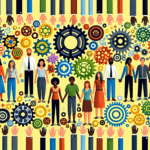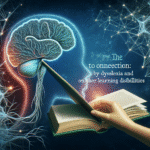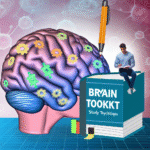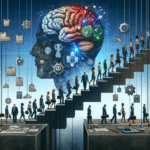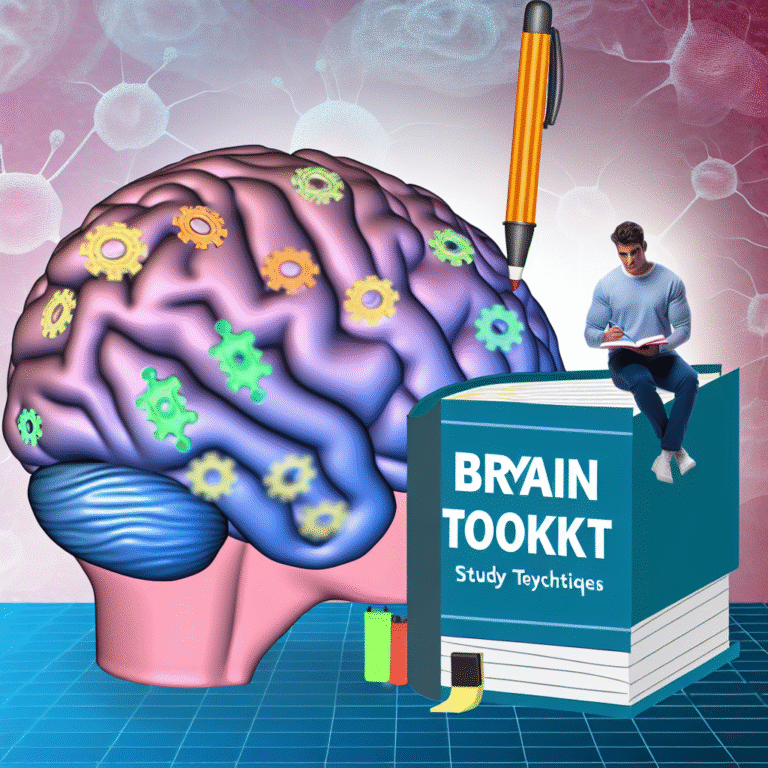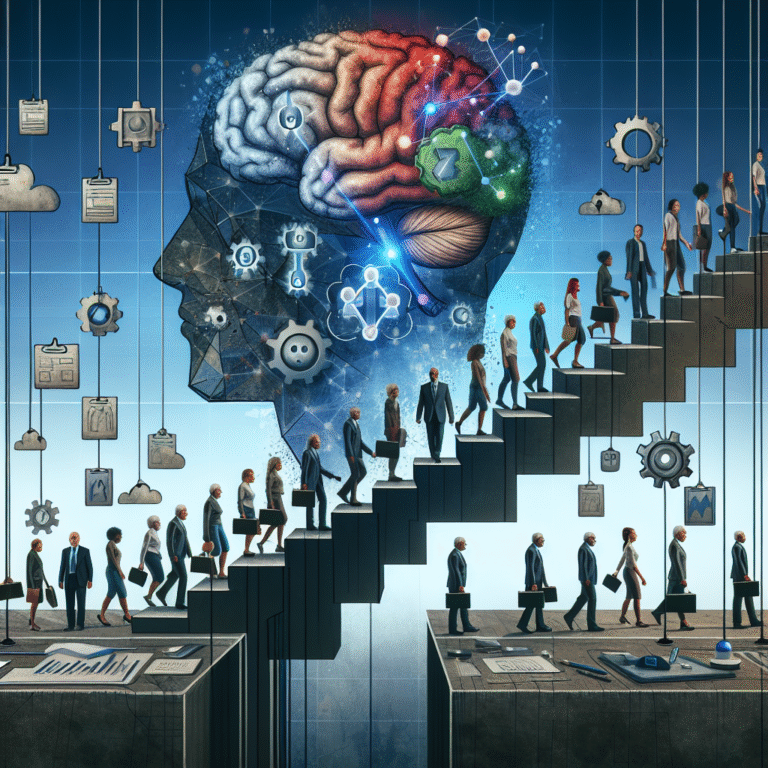Inside the Mind of a Criminal: Understanding Psychological Triggers and Patterns
Introduction
The phenomenon of criminal behavior captivates our collective consciousness, drawing curiosity and confusion in equal measure. From heinous acts that shake communities to subtle crimes that languish in the shadows, understanding the essence of what compels individuals to break the law is a crucial endeavor. Inside the Mind of a Criminal: Understanding Psychological Triggers and Patterns delves into the often-misunderstood realms of psychology, sociology, and criminology to illuminate the complexities behind criminal actions. Why do seemingly normal individuals engage in behaviors that society condemns? What psychological triggers catalyze such choices? In this article, we will explore these questions, providing an in-depth look into the minds of criminals, backed by case studies and expert insights.
The Complex Nature of Criminality
Defining Criminal Behavior
Criminal behavior encompasses a wide range of actions, from theft and assault to white-collar crimes like fraud and embezzlement. These behaviors can stem from various psychological triggers, which are influenced by both internal and external factors. According to criminologist Edwin Sutherland, criminal behavior is learned through interactions with others, suggesting that the environment plays a significant role in shaping one’s propensity for crime.
Key Psychological Theories
Social Learning Theory: This theory posits that individuals learn behaviors by observing others. For example, a child who witnesses parental criminal activity may internalize such behavior as acceptable.
Strain Theory: Proposed by Robert K. Merton, this theory suggests that societal pressures to achieve certain goals can lead individuals to resort to crime when they feel they lack legitimate means.
- Routine Activity Theory: This perspective emphasizes the role of opportunity in criminal behavior, suggesting that crime occurs when a motivated offender encounters a suitable target without capable guardianship.
These foundational theories provide a framework for understanding Inside the Mind of a Criminal: Understanding Psychological Triggers and Patterns through various lenses of psychological thought.
Psychological Triggers: The Internal Landscape
Mental Health and Criminality
In many cases, mental health plays a pivotal role in criminal behavior. Conditions such as antisocial personality disorder (ASPD), depression, and substance abuse can significantly influence an individual’s decision-making processes.
Case Study: Andrew Cunanan
Andrew Cunanan, the infamous serial killer who assassinated fashion designer Gianni Versace, exhibited behaviors consistent with ASPD. His history of lying, manipulation, and lack of remorse illustrated how deep-seated psychological issues can drive individuals to commit horrific crimes.
Analysis: This case exemplifies the complexity of mental health as a psychological trigger. Understanding the mind of Cunanan sheds light on the psychological pathways leading to violence, emphasizing the importance of early mental health interventions.
The Role of Trauma and Abuse
Trauma and early life experiences often serve as significant psychological triggers for criminal behavior. Children who experience neglect, abuse, or exposure to violence may be more susceptible to engaging in criminal activities later in life.
Case Study: Robert Pickton
Robert Pickton, a Canadian serial killer, experienced a traumatic childhood characterized by neglect and abuse. His tragic past, combined with social isolation, helped create a profile of an individual who could commit such heinous acts.
Analysis: Pickton’s background reinforces the notion that traumatic experiences can profoundly impact psychological development and contribute to criminal behavior. This insight is critical for developing prevention programs aimed at vulnerable youth.
External Influences: The Social Landscape
Socioeconomic Factors
The intersection of socioeconomic status and criminal behavior cannot be underestimated. Individuals in impoverished communities may resort to crime out of necessity, while those in wealthier environments may engage in crime for thrill-seeking or status.
Data Visualization: Crime Rates by Socioeconomic Status
| Socioeconomic Status | Crime Rate (%) |
|---|---|
| Low | 45% |
| Medium | 25% |
| High | 10% |
This table illustrates a correlation between socioeconomic status and crime rates, highlighting the crucial external influences on criminal behavior.
Peer Influence and Subculture
The influence of peers is a powerful external trigger that can lead individuals towards criminal behavior. Adolescents, in particular, are sensitive to group dynamics and the behaviors exhibited within their social circles.
Case Study: The Crips and Bloods
The notorious gangs, the Crips and Bloods, exemplify how subcultures can perpetuate criminal behavior. Young individuals often join these gangs seeking acceptance and status, leading them to engage in drug trafficking, violence, and other illegal activities.
Analysis: This case demonstrates how subcultural values and peer pressure can significantly influence choices, supporting the theory that Inside the Mind of a Criminal: Understanding Psychological Triggers and Patterns often extends beyond individual psyche to encompass broader social dynamics.
The Criminal Mindset: Patterns and Behaviors
Cognitive Distortions
Many criminals exhibit cognitive distortions, which color their perceptions of reality and justify their actions. Common distortions include victim-blaming, minimizing harm, and rationalizing immoral behavior.
Patterns of Behavior
Criminals often display specific behavioral patterns that can signify their criminal intentions. These may include:
- Grooming Victims: Establishing trust before committing a crime.
- Escalation of Violence: Gradually increasing the severity of criminal acts over time.
- Repetitive Offending: Engaging in similar crimes repeatedly, often due to lack of impulse control.
Conclusion: Insight and Action
The journey Inside the Mind of a Criminal: Understanding Psychological Triggers and Patterns reveals the complex interplay of psychological and social factors influencing criminal behavior. From mental health challenges and early trauma to socioeconomic pressures and peer influence, each layer adds depth to the criminal psyche.
Awareness of these factors opens pathways to develop targeted interventions, prevent crime, and rehabilitate offenders. By addressing root causes and understanding the patterns that lead individuals astray, we can create a safer society that fosters healing and personal growth.
FAQs
1. What are common psychological triggers that lead to criminal behavior?
Psychological triggers can include mental health disorders, trauma, substance abuse, and exposure to violence during childhood.
2. How does socioeconomic status influence criminal activity?
Individuals from lower socioeconomic backgrounds may resort to crime as a means of survival or due to limited access to resources and opportunities.
3. Can trauma in childhood lead to future criminal behavior?
Yes, research indicates that individuals who experience trauma or abuse during childhood are at a higher risk of engaging in criminal activities later in life.
4. What role does peer pressure play in criminal behavior?
Peer pressure can strongly influence adolescents, encouraging them to conform to group behaviors, which may include criminal activities for acceptance or status.
5. How can society prevent criminal behavior?
Preventative measures include early mental health interventions, educational programs, social support for at-risk youth, and community engagement initiatives.
By embracing a comprehensive understanding of Inside the Mind of a Criminal: Understanding Psychological Triggers and Patterns, we can advocate for meaningful changes that promote healing rather than punishment, and ultimately build a foundation for a more just and empathetic society.
